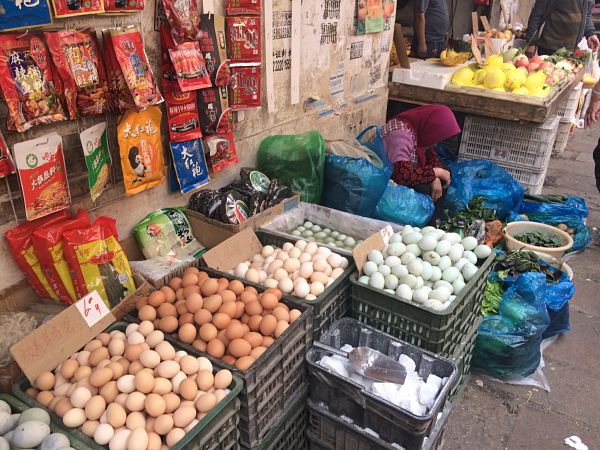We have become painfully aware of the astonishing amount of food waste. Between 30 and 50%! Think of those browning other-half avocados, the last few slices of mouldy bread, the left over spinach quietly turning to slime in the bottom of the chiller, the mad ill-considered dashes around the supermarket after work. And then there is the past use-by-date food necessarily jettisoned by restaurants and supermarkets. None of these businesses want to waste food. Why would they throw money in the bin? It’s just hard to perfectly anticipate demand.
Think of all the wasted water, fertiliser, packaging and fuel it takes to produce that binned food. Not to mention the human effort involved.
Research suggests that household food waste is the largest component, averaging an estimated loss of $550 per household per year in New Zealand. The waste ends up rotting in landfills.
University of Otago consumer food scientist, Dr Miranda Mirosa, her colleagues, students and legions of energetic, entrepreneurial New Zealanders, to the rescue.
Miranda describes herself as “an interdisciplinarian with a background in marketing and consumer behaviour. My research aims to understand why people eat what they do, why they don’t eat what they don’t, and how we might best impact upon these choices to encourage people to choose quality, healthy and environmentally sustainable foods.”
She is currently involved in the WasteMINZ (the representative body of the waste and resource recovery sector in New Zealand) National Consumer Food Waste Reduction project and the Love Food Hate Waste campaign to reduce household food waste.
Miranda established the University of Otago Food Waste Innovation Research Group, which brings together social and pure scientists to discuss the challenges surrounding food waste and how to solve them.
There are many inspiring food recovery initiatives cropping up around New Zealand. For example, a group of volunteers in Wellington collect left-over food from restaurants and distribute it to anyone who wants it – no questions asked – from a converted shipping container in the grounds of St Peter’s Church in Willis St. https://www.thefreestore.org.nz/ These inspiring initiatives are directly helping to mitigate climate change, as well as poverty.
Miranda says a change to legislation (The Food Act 2014) means that restaurants can now readily donate left-over food without worry over liability, provided it is in good condition when it leaves their premises. That has removed a significant impediment. Food safety is the prime consideration for any food recovery group. It is incumbent on these groups to ensure safe handling practices. In Miranda’s experience, they have sophisticated protocols and intensive staff induction training, and she is not aware of any problems.
Apart from food recovery issues, Miranda’s group are investigating ways of using waste products like fruit peelings and perfectly healthy, but not very pretty, fruit and vegetables rejected by consumers. For example, they can be made into juices.
They have also organised public cooking demonstrations by “Supergrans”, who are old to enough to remember a time when food was not so cheap or readily available. They show students and recipients of rescued food how to make “something out of nothing”.
Miranda is the Otago lead for the NZ China Food Protection Network, allied to NZFSSRC. She is spending a lot of time in China and Taiwan on an APEC funded project to assess food loss and waste throughout the supply chain, and to respond with policy recommendations.
Food safety is the most important consideration for Chinese consumers. Understandably, there is heightened sensibility after some serious food contamination incidents. Miranda wants to help New Zealand exporters understand what cues Chinese consumers respond favourably to, e.g. guarantees of traceability, values associated with the country of origin, imagery, wording, and attitudes to food processing techniques such as irradiation.
The Chinese students in the Otago Research Group help give local researchers an insight into Chinese attitudes, customs and practices.
Miranda was a member of a recent science mission to China, where she and her colleagues made useful connections with social scientists at Xian Jiaotong Liverpool University, who have common interests in consumer perceptions and behaviour.
Returning to the more immediate, local problem of that other half of the avocado, Miranda advises keeping the stone in and wrapping it straight away with cling film. She has the research to back it up!

